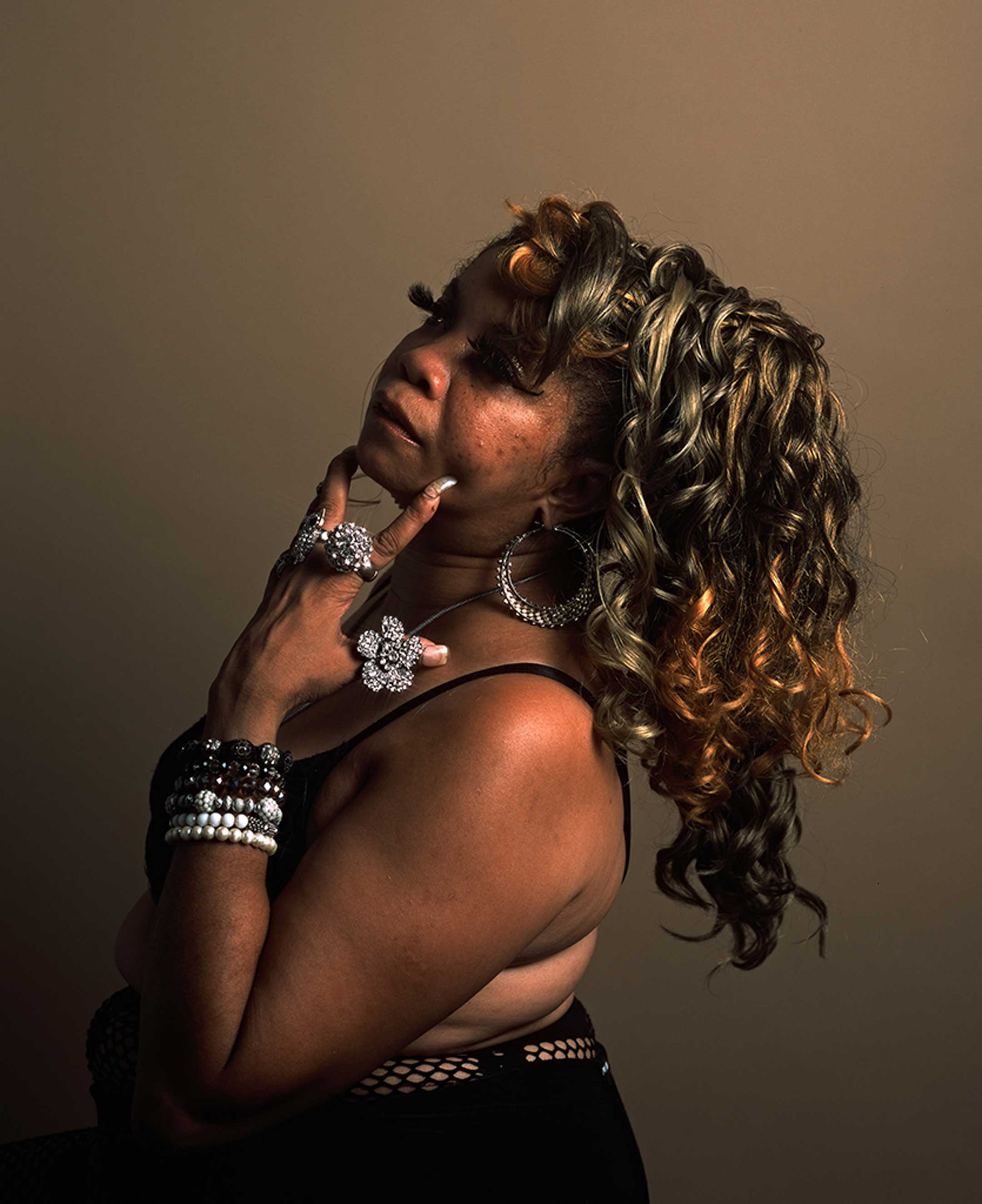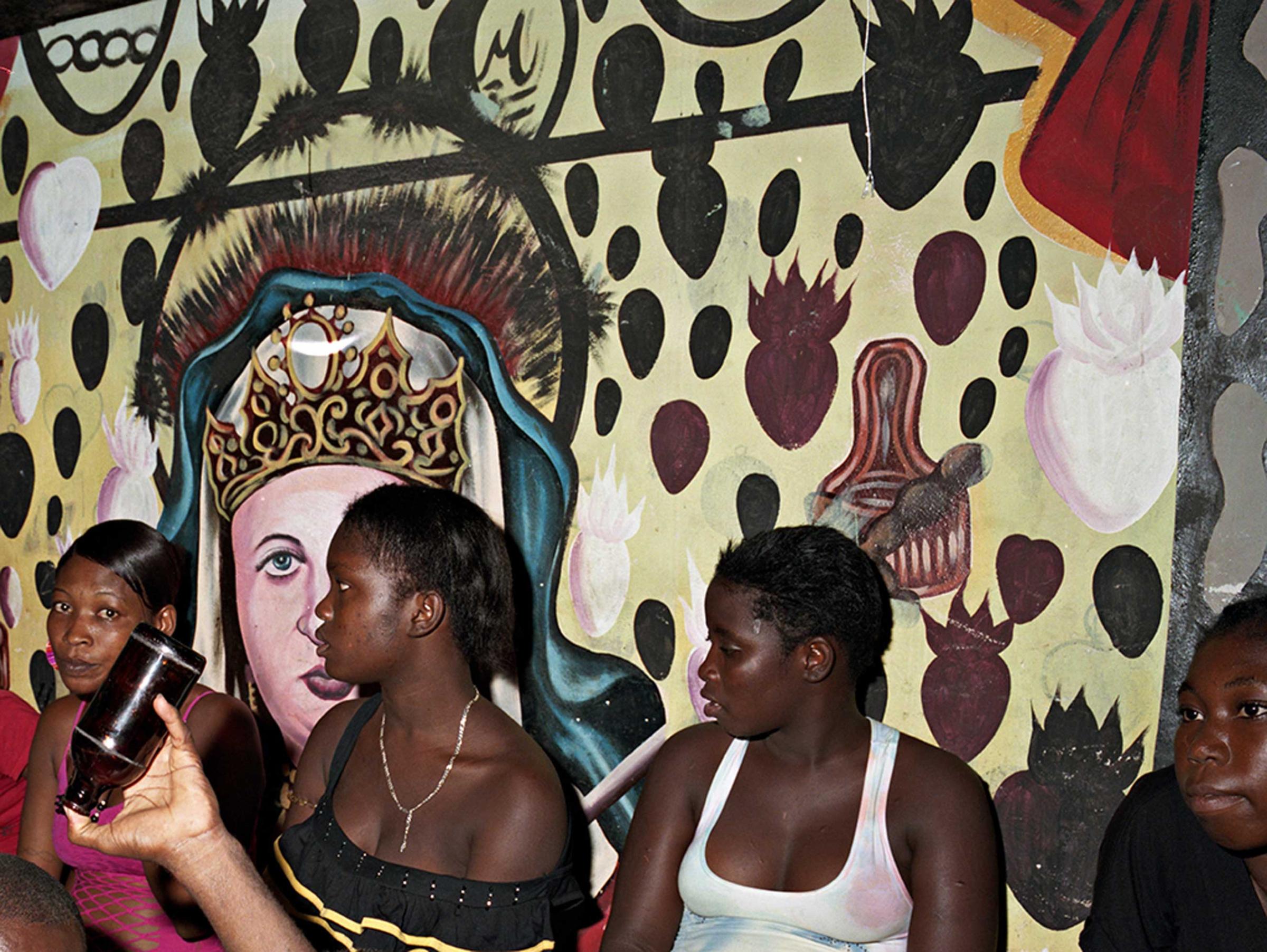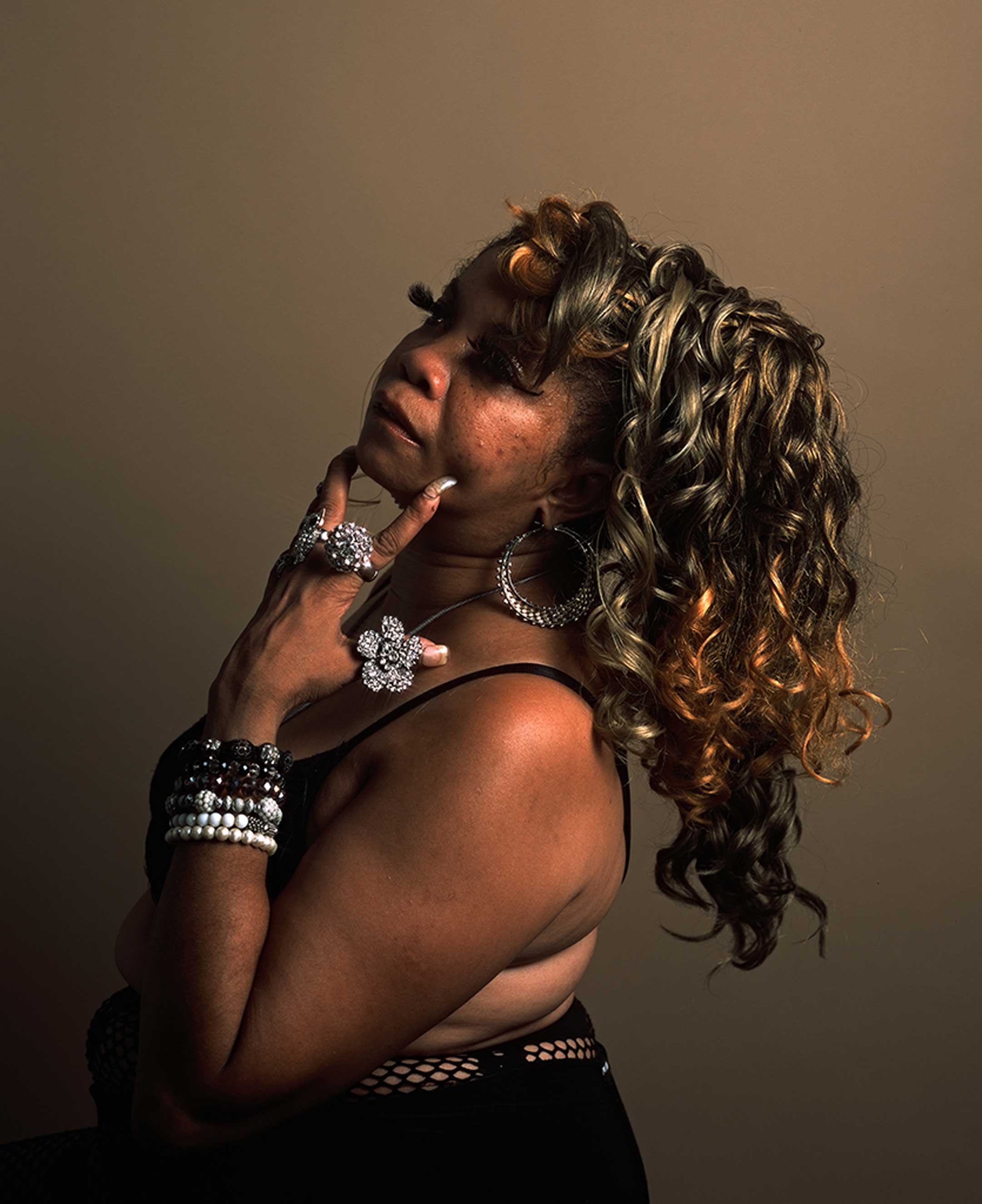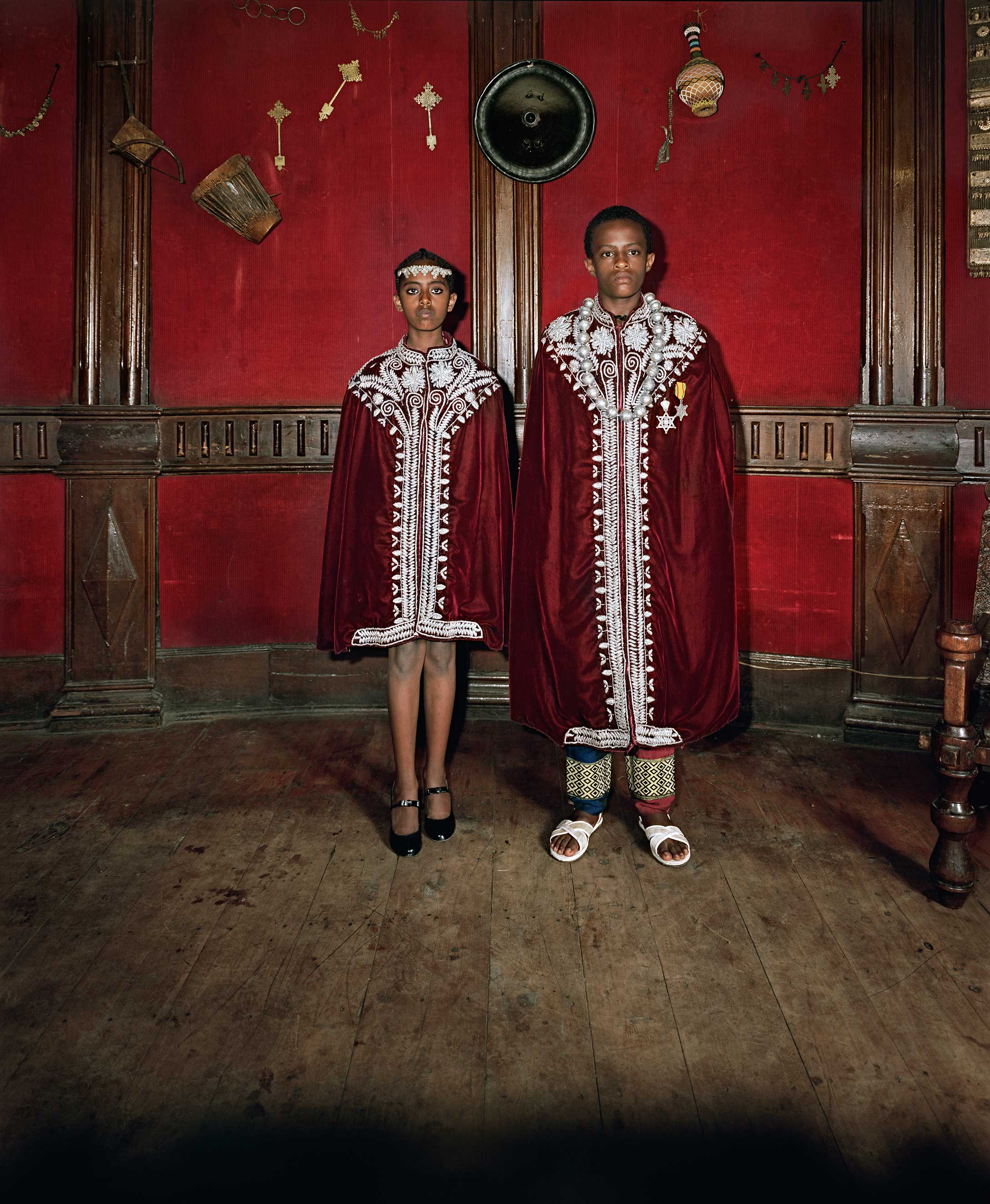
Amidst political hysteria and fair weather revelry, New York’s formidable art fair season is here. Especially so in such uncertain and sparse fields, where artists and collectors join in the search for voices that matter. Starting tomorrow, in perhaps the most anticipated year for American art in recent history, we expect to see the loudest across the art fair circuit: from experimental art-school favorite Spring/Break Art Show to blooming dealers at New Art Dealers Alliance to the massive fair that sets the tone—The Armory Show.
The Armory Show is the New York art world’s Oscars, without the Best Picture mistake. Home to The Pictures Generation, photography has undoubtedly been key to the socio-political shift and media transformation over the years. And most of all, a medium that teaches you how to fiercely romanticize about the city that abuses you, to understand your neighbors and to see beyond. This year, the Armory Show presents 12 solo-artist presentations in its Focus section—a section that, amongst blue chip offerings, spotlights international artists grappling with their country’s most pressing social and political issues. Curated by Jarrett Gregory, a rising curator, the show entitled What Is To Be Done? will see Mexican performance artist Teresa Margolles, Belgian multimedia artist Johan Grimonprez and the upcoming Whitney Biennial artist Deana Lawson among others.
New York-based photographer Lawson pinged radars after her participation in MoMA PS1’s Greater New York in 2010 and subsequently, MoMA’s New Photography exhibition in 2011. A composer of visual intimacy and the body’s language, Lawson’s first solo Armory Show booth will be presented by renowned Chicago gallerist, Rhona Hoffman.
The Rhona Hoffman Gallery represents a sterling array of influential fine artists, from Sol Lewitt to Vito Acconci, but Hoffman is rooting for the young. “We just keep moving along, adding younger people because I’m very interested in politics and social and community,” Hoffman tells TIME. “The ones that address issues that are not just in the air but prescient for the artist. And I like being part of that.”
The making of Lawson’s poetic and vulnerable images stem from cues taken beyond the photographic medium. “I certainly have an affinity towards formal concerns of painting,” says Lawson. “I think even in terms of the timeline and the pace of which I work might more so mirror that of a painter.” She also cites Flemish paintings and the in-between of Wu Tang Clan and Mahalia Jackson as influences in her work.
With the Guggenheim fellowship and several museum exhibitions under her belt, it is hard to ignore the glaring questions of institutional roles in such a defying art world. “It’s not about seeking validation from the institution to know if the work is meaningful or not,” she says. “But part of the desire and intention in the work, because I photograph predominantly in intimate spaces, is that it’s actually privileging the personal as the site, as this location of knowledge and power.”
While power is commonly associated with institutions, Lawson attributes the notion to the homes of individuals, noting the “profound knowledge, wisdom, beauty and glory” found in domestic spaces. She still, however, subscribes to institutions as platforms. “With a history of certain voices not being included in the history of art, I think it is time to claim that space, to have bodies who might not have been celebrated within the institution,” she says. “It is important for someone—if I was 16 years old and I was to go to a museum and see Kerry James Marshall, that would have influenced profoundly in my whole identity. So it becomes about gaining a wider audience and if that means through an institution, by all means I welcome that.”
For Deana Lawson and many outstanding artists, major platforms like The Armory Show is not merely a name to their career, but a chance to claim the spaces that they were never allowed to.
Deana Lawson is an artist and arts educator based in New York City. She has previously shot TIME’s entire Charleston Shooting issue.
The Armory Show opens to the public March 2-5.





More Must-Reads from TIME
- Cybersecurity Experts Are Sounding the Alarm on DOGE
- Meet the 2025 Women of the Year
- The Harsh Truth About Disability Inclusion
- Why Do More Young Adults Have Cancer?
- Colman Domingo Leads With Radical Love
- How to Get Better at Doing Things Alone
- Michelle Zauner Stares Down the Darkness
Contact us at letters@time.com